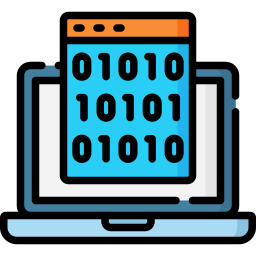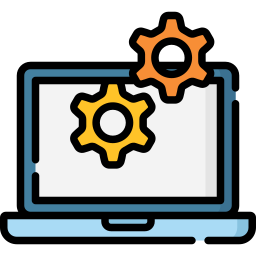Sure-Step Methodology for ERP Implementation

Diagnostic
• Evaluate a customer's business processes and infrastructure
• Assist the customer with their due diligence cycle, including ascertaining requirements and their fit with the solution, and assessing the resource needs for the solution delivery
• Prepare the project plan, proposal, and the Statement of Work

Analysis
• Analyze current business model and finalize the Functional Requirements document.
• Finalize the fit-gap analysis
• Develop the Environment Specification documentation.

Design
• Develop the Functional Design, Technical Design, and Solution Design documents.
• Finalize the data migration design.
• Establish test criteria.

Development
• Finalize configurations and setup of the standard solution.
• Develop and finalize the custom code that is required to support the solution.
• Conduct functional and feature testing of the solution.
• Create the user training documentation.

Deployment
• Set up the production environment.
• Migrate data to the production environment.
• Conduct user acceptance test of the system.
• Train users and finalize the user documentation.
• Conduct go-live check and promote the system to production.

Operation
• Resolve pending issues.
• Finalize user documentation and knowledge transfer.
• Conduct a post-mortem of the project.
• Provide on-going support (activities that continue through any future involvement with the customer after the project is closed)

